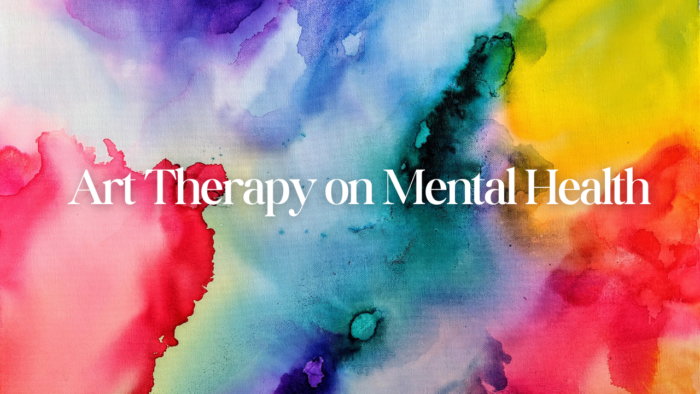
Art therapy has emerged as a powerful tool in the field of mental health, providing a creative and non-verbal medium for individuals to explore their emotions, experiences, and traumas. Unlike traditional talk therapy, art therapy leverages the expressive potential of various art forms to facilitate healing and self-discovery. The transformative effects of art therapy on mental health are profound, offering a unique pathway to emotional resilience, self-awareness, and psychological well-being.
At its core, art therapy combines the principles of psychotherapy with the creative process. This fusion allows individuals to communicate feelings that might be difficult to articulate verbally. Through drawing, painting, sculpting, and other artistic activities, clients can externalize their internal struggles, gaining a new perspective on their emotions and experiences. This process of externalization is particularly beneficial for those dealing with trauma, as it provides a safe outlet for expressing pain and suffering without the need for words.
One of the most significant benefits of art therapy is its ability to reduce symptoms of anxiety and depression. The act of creating art can be inherently calming and meditative, helping to lower stress levels and promote a sense of relaxation. Engaging in art therapy sessions can shift the focus away from negative thought patterns, allowing individuals to immerse themselves in the creative process. This immersion can lead to a state of flow, where the mind is fully engaged in the activity at hand, providing a temporary reprieve from mental health challenges.
Art therapy also plays a crucial role in enhancing self-esteem and self-awareness. By creating art, individuals can explore different aspects of their identity and reflect on their personal experiences. This self-reflection can lead to greater self-understanding and acceptance, fostering a more positive self-image. Additionally, the sense of accomplishment that comes from creating a piece of art can boost self-esteem and provide a tangible representation of personal growth and progress.
For individuals with trauma, art therapy offers a unique and effective means of processing and healing. Trauma can often leave individuals feeling disconnected from their bodies and emotions. Art therapy helps bridge this gap by encouraging clients to reconnect with their physical sensations and emotional states. The sensory experience of working with different materials can ground individuals in the present moment, facilitating a sense of safety and stability. Moreover, the symbolic nature of art allows for the exploration of traumatic memories in a controlled and manageable way, aiding in the gradual integration and resolution of these experiences.
The versatility of art therapy makes it accessible to a wide range of individuals, regardless of age or artistic ability. It is used in various settings, including hospitals, schools, rehabilitation centers, and private practices. Art therapists are trained to tailor their approach to meet the specific needs and goals of each client, ensuring a personalized and effective therapeutic experience.
In conclusion, art therapy offers a transformative and holistic approach to mental health care. Its ability to facilitate emotional expression, reduce anxiety and depression, enhance self-awareness, and aid in trauma recovery makes it a valuable tool in the therapeutic arsenal. As more research highlights the benefits of art therapy, it is becoming increasingly recognized as a vital component of mental health treatment. By harnessing the power of creativity, individuals can embark on a journey of healing and self-discovery, unlocking their potential for emotional and psychological well-being.